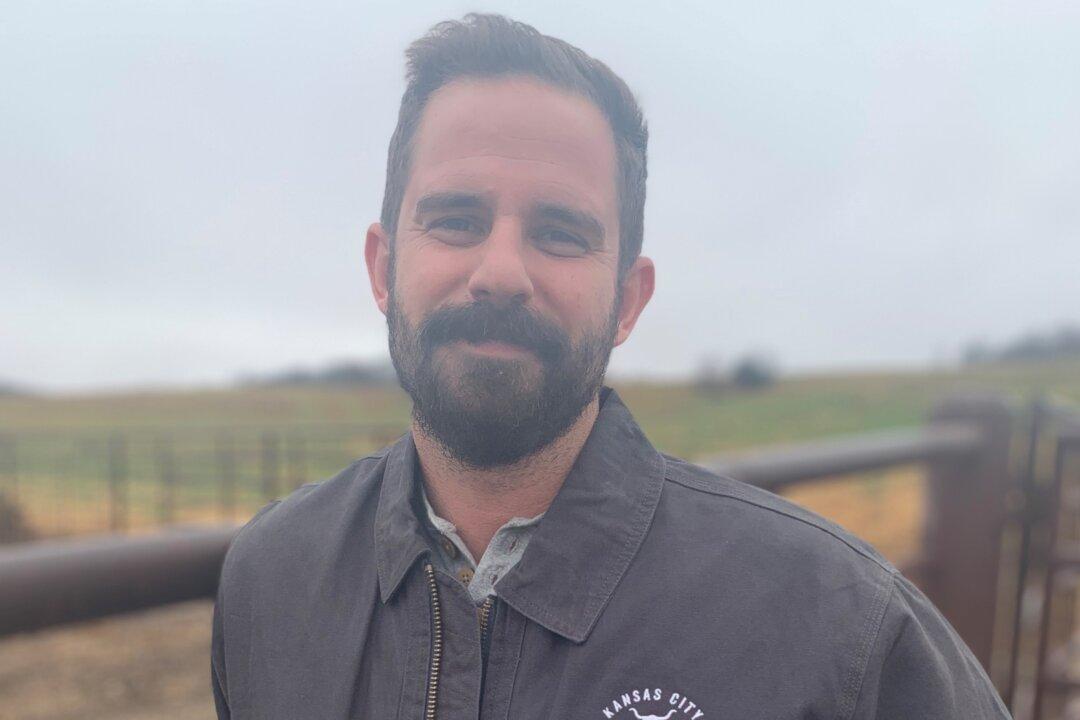There is so much beauty on the planet worth protecting, but sometimes such a large idea can seem abstract. For one novelist, his stories about our vast lands and seas are told from the perspective of the endangered species that we wish to protect.
John Morano is a professor of journalism at Monmouth University. He’s been a journalist for the past 40 years, and has also been writing fiction for nearly 30 years.






